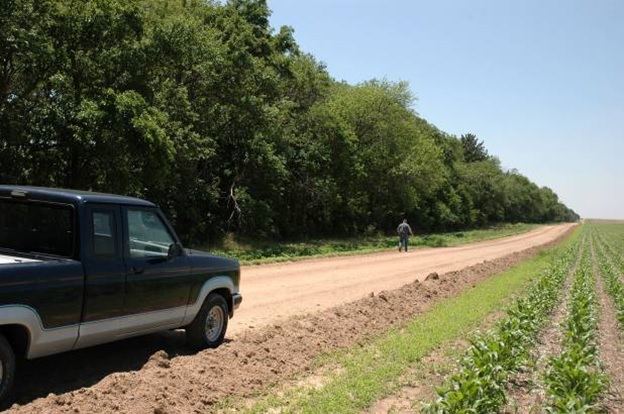
Windbreak benefits extend beyond reducing wind erosion. Research reveals windbreaks can also be customized to meet your farm management goals, whether it’s increasing wildlife habitat or benefiting visiting pollinators.
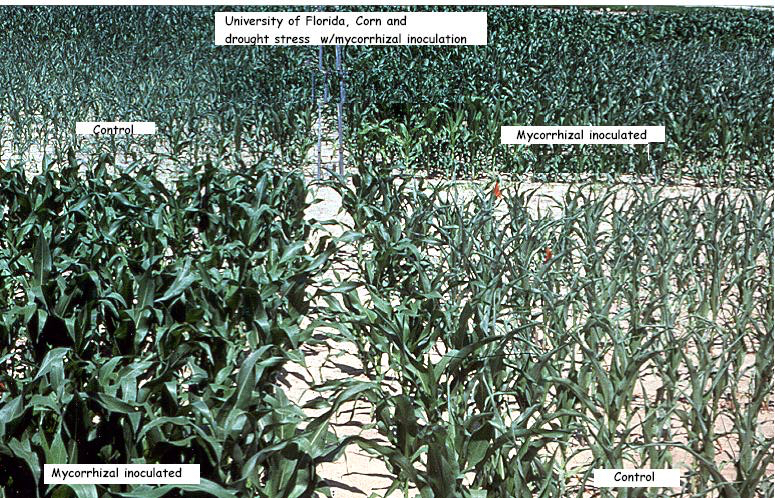
Elaine Ingham emphasized the concept of the soil food web. In the living soil food web the keystone species of the living soil community are mycorrhizal fungi. These unsung heroes cannot be cultured apart of plant roots. Mycorrhizal fungi are obligate symbionts growing from the soil into the plant roots.
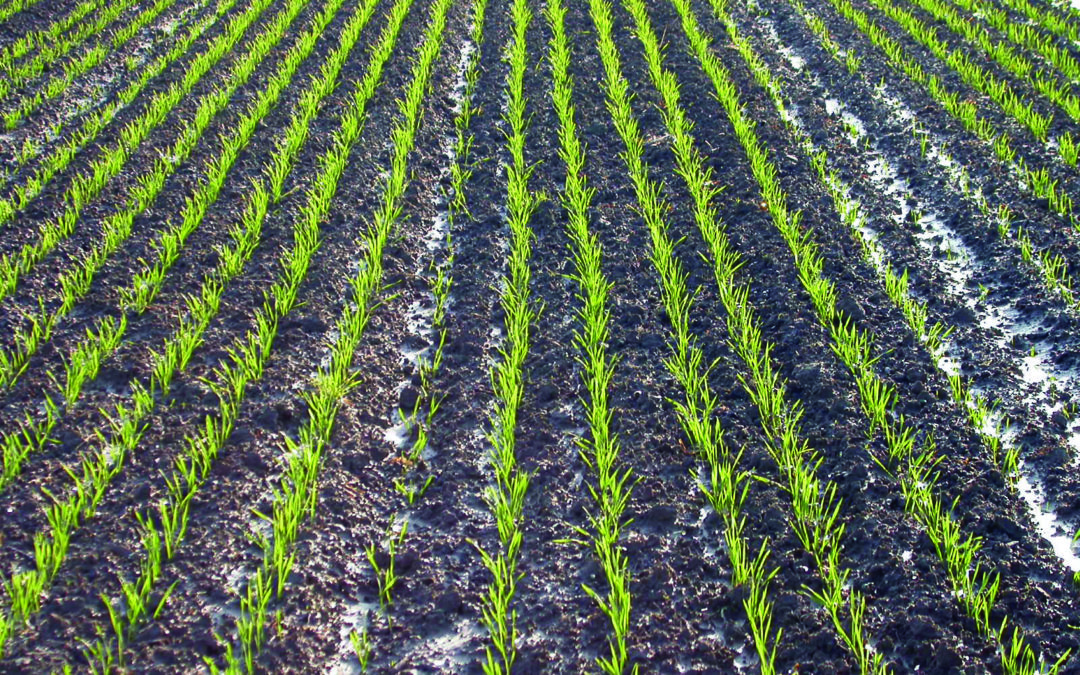
Soil organic matter improves soil structure so that it is more resistant to erosion and is easier to till, resulting in lower energy use and less greenhouse gas output. Soils with good SOM levels are more efficient at absorbing rainwater and storing it for plants to use in dry periods. Studies show that organic systems get around 30 percent higher yields in periods of drought than conventional systems due to the increase of SOM and its ability to capture and store water for crops.
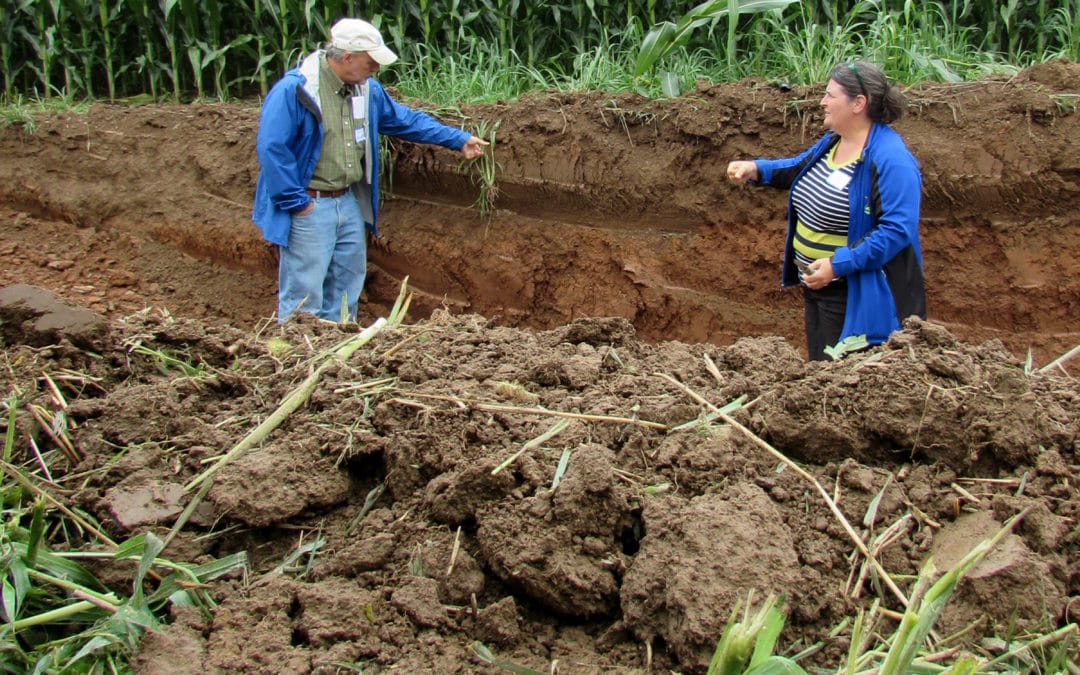
I learned about soil CO2 respiration working on a graduate program in Sweden investigating fertilizer and crop effects on soil biology. Agronomists in the 1950s set up farm plots and maintained them for decades, enabling later researchers such as myself to observe the long-term effects of differing soil management.
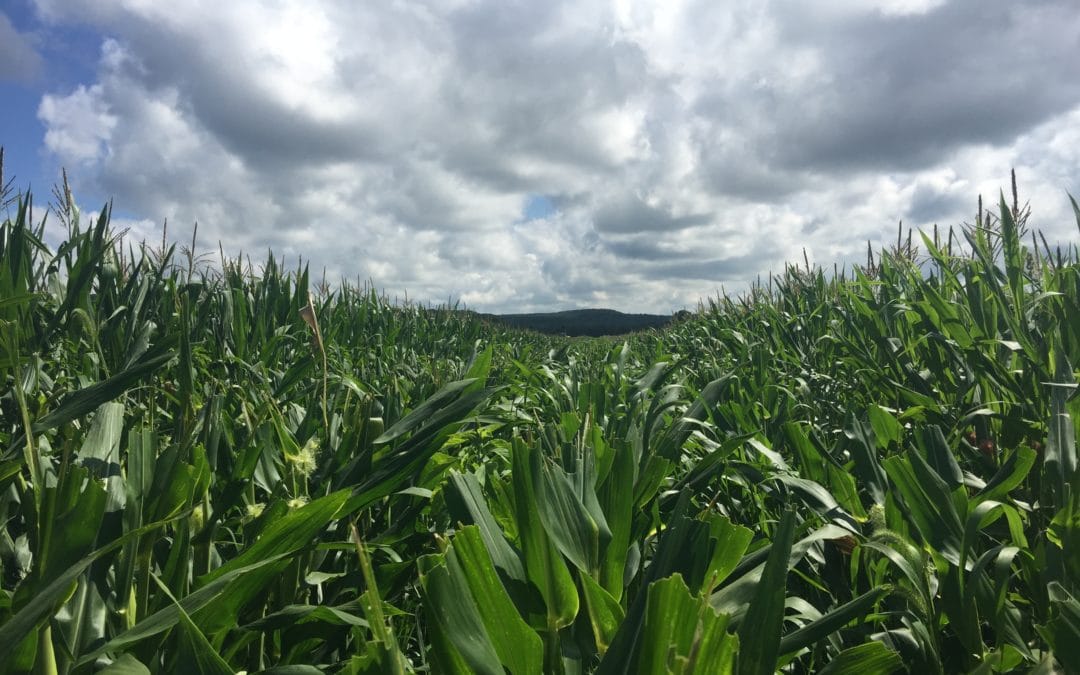
Appropriate intervention when absolutely needed is wise, but the goal is minimum intervention — in other words do everything you can to get the soils healthy and mineralized. Mineralize your soils using exchangeable nutrient sources that come from the carbon biological system. You have to create an ideal home for soil life and feed them in order to build soil health.
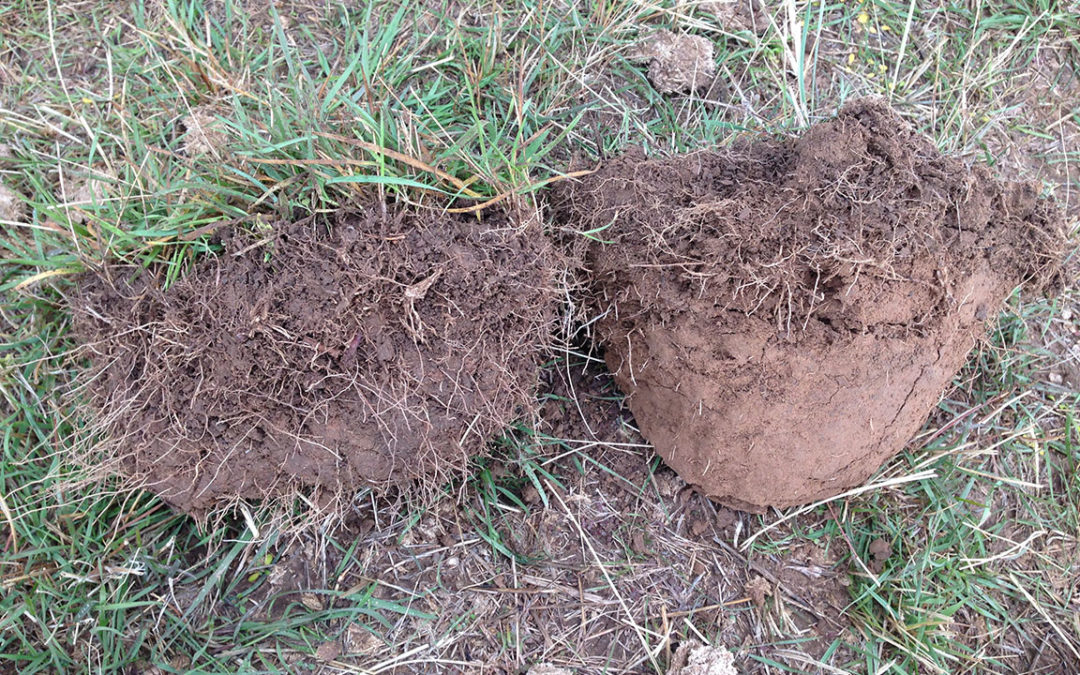
Carbon is an often overlooked, but very important component of the soil. We know how to manage nitrogen, phosphorus and potassium for maximum production, and that micronutrients play a critical role in crop yield and disease resistance. Deficiencies can usually be corrected relatively quickly through the addition of soil or foliar fertilizer applications. While soil nutrient status can change quickly, changes in soil carbon status are generally much slower and effects are less obvious in the short term.








